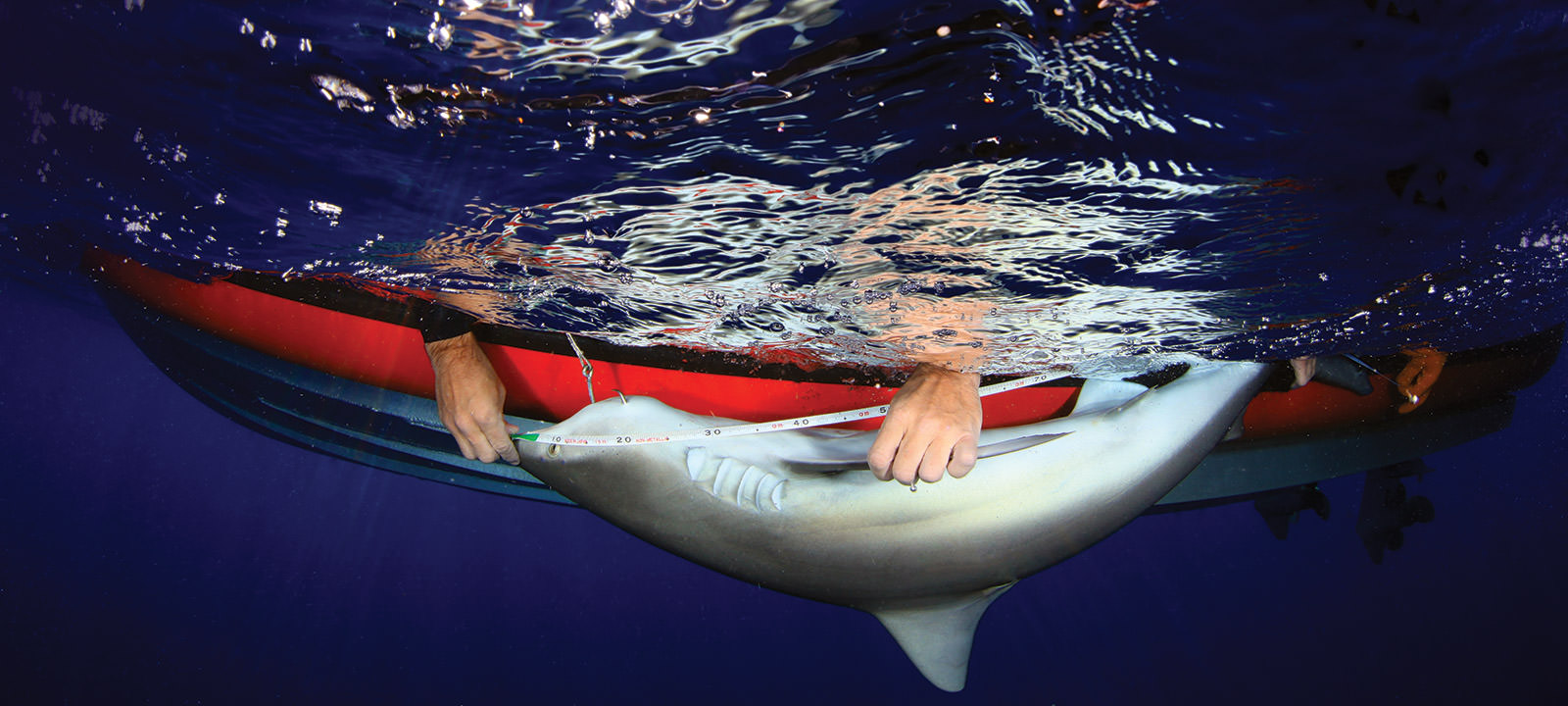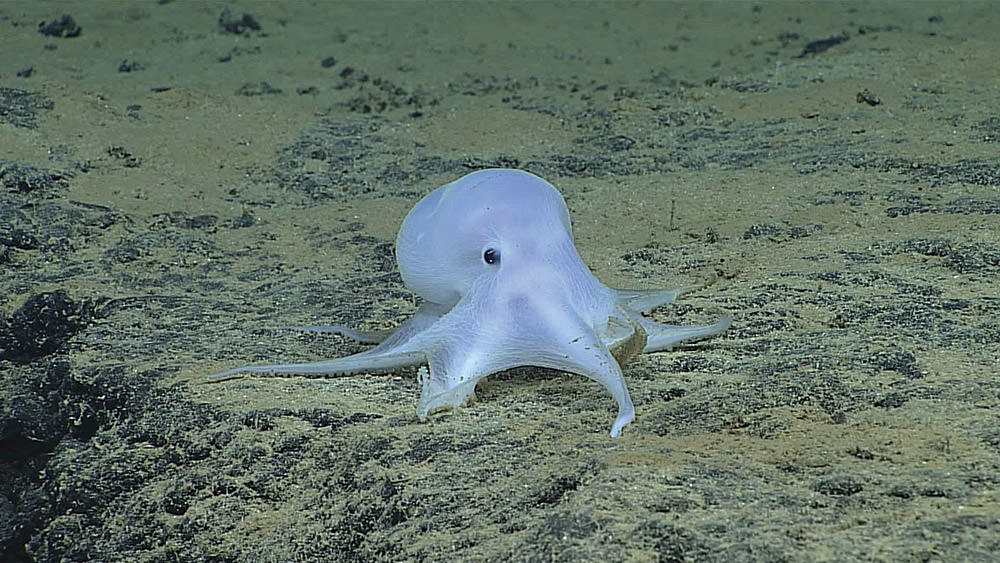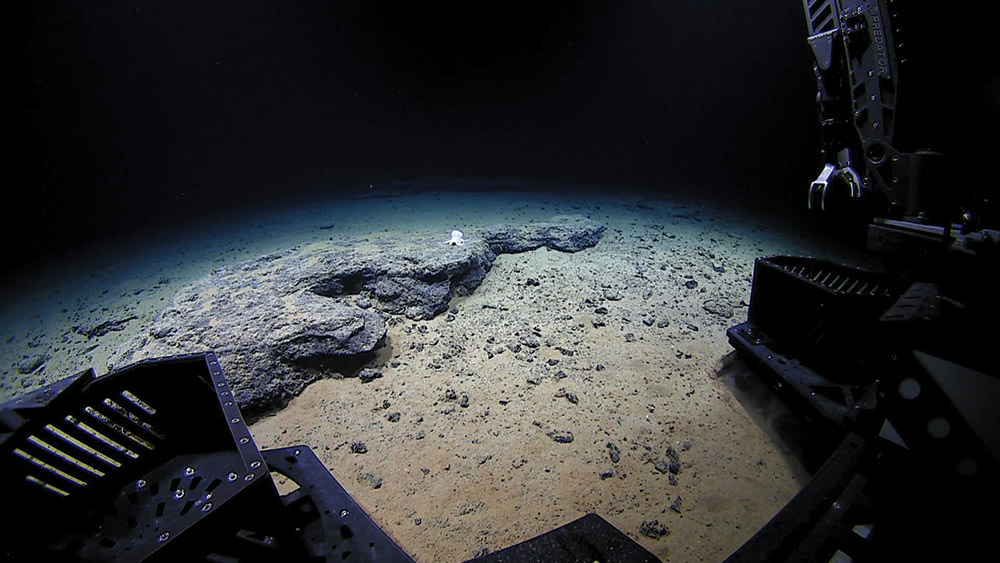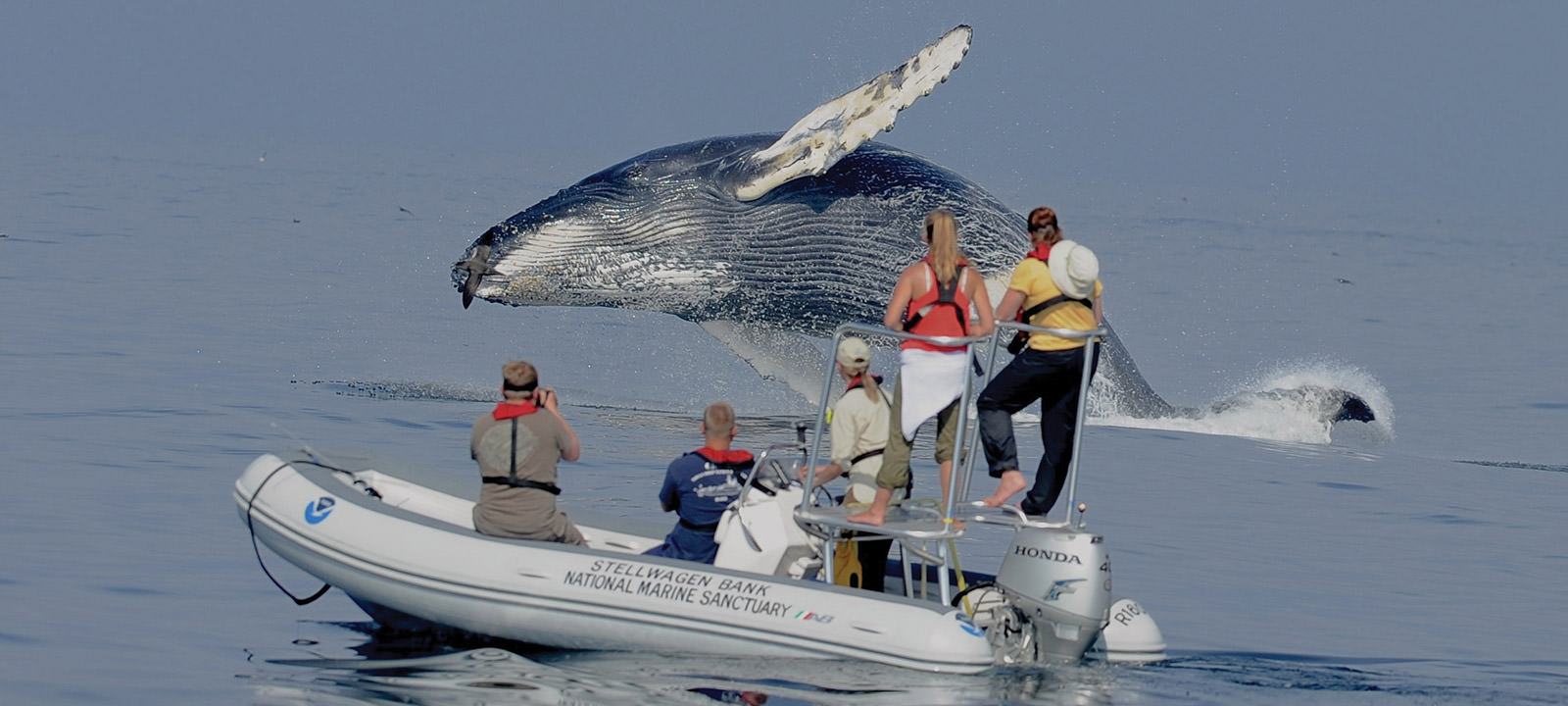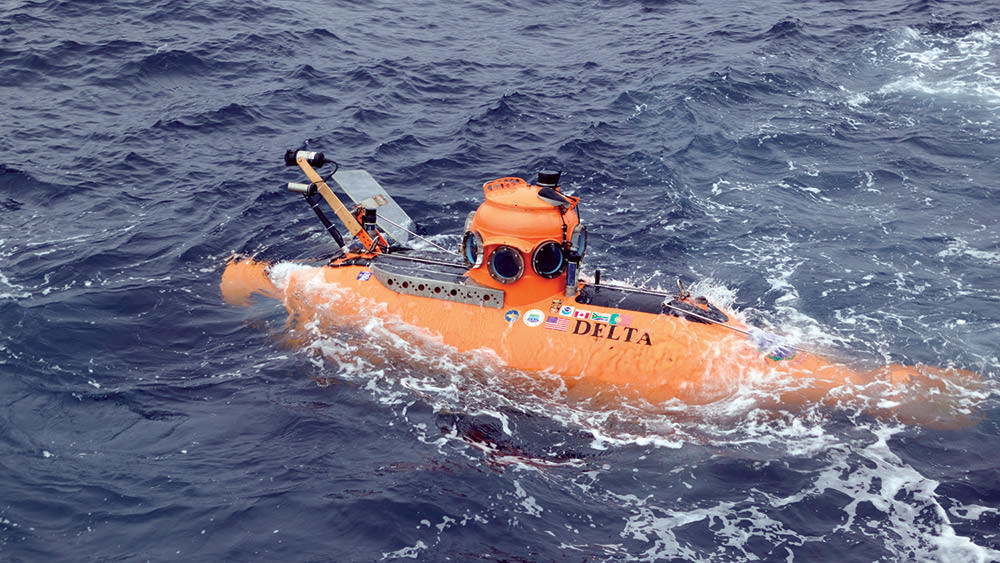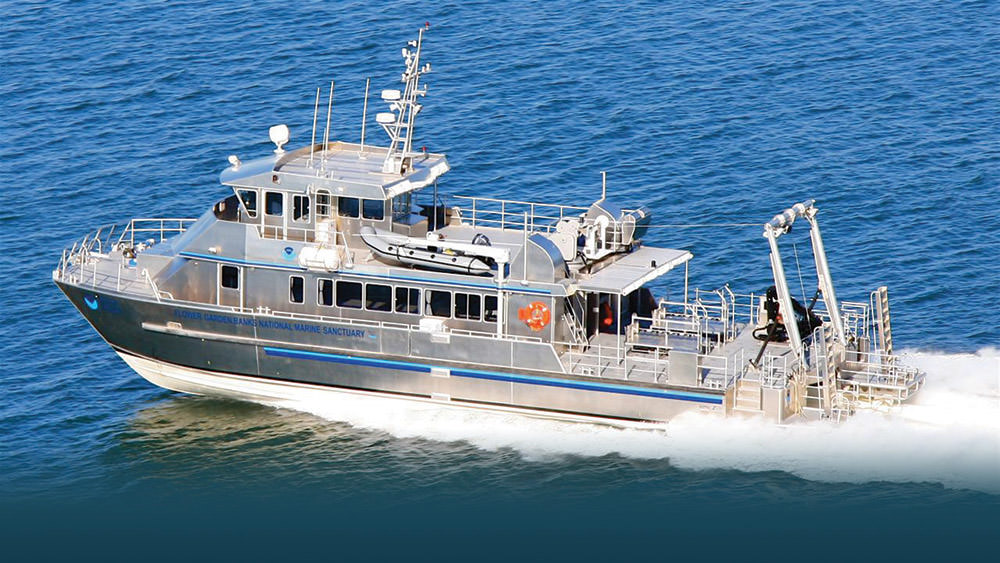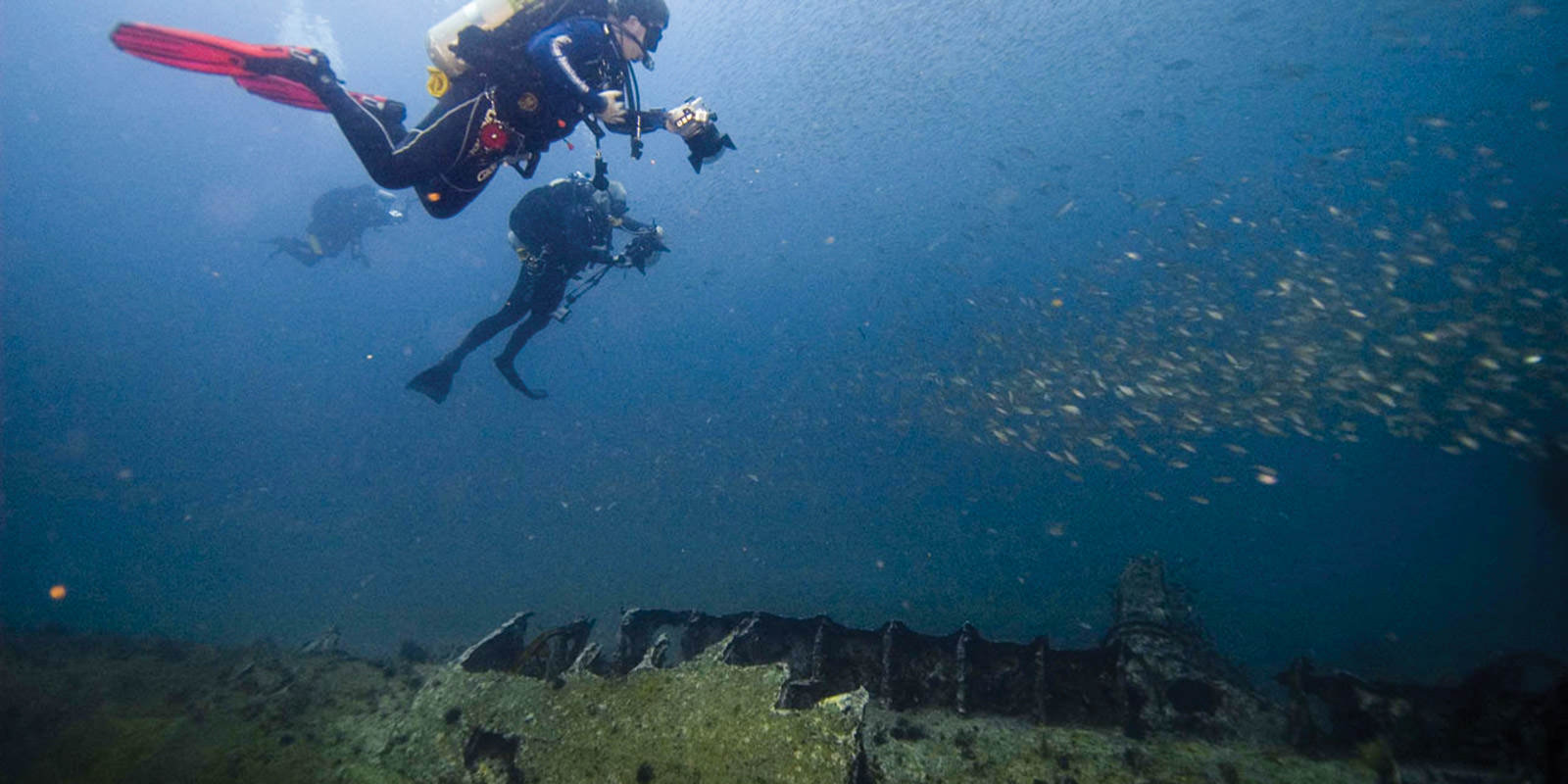Marine protected areas like Papahānaumokuākea Marine National Monument are hotbeds of biologic activity. Exploring deep waters with a remotely operated vehicle, the NOAA Office of Ocean Exploration and Research discovered a potential new species of octopod two and a half miles beneath the ocean surface. Unlike most described species of octopods, this one is equipped with only a single row of suckers down each arm, in contrast to the two rows most octopods have. Photos: NOAA Office of Ocean Exploration and Research, Hohonu Moana 2016


